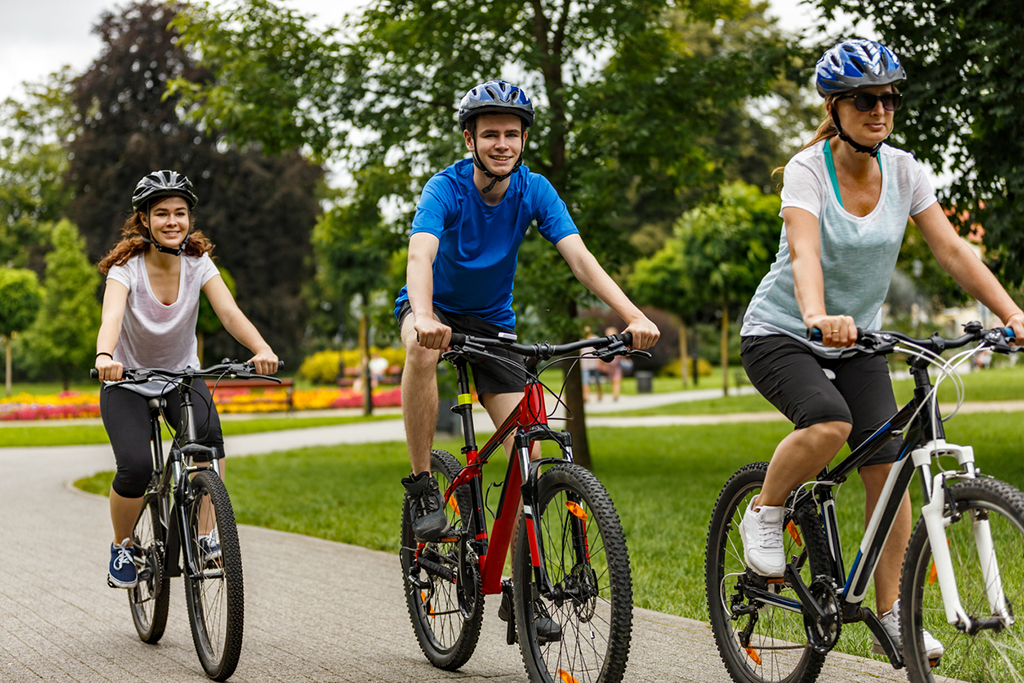Sidewalk Cycling
Like so many other cycling laws, as to whether or not you can actually ride your bicycle on the sidewalk can be a difficult thing to answer. The law on the subject is not covered by any federal guidelines and not every state law covers them either. Instead, the law tends to be specific to local municipalities. Which means if you want to know if you can in your area, then you need to check city law if there is nothing in the state law.
However, even if there is no explicit law regarding sidewalk cycling in your area, you will always find people who think there is. For some reason, riding your bicycle on the sidewalk even without laws against it is frowned upon by pedestrians. But why? Most cyclists have more problems with other motorists than they have with pedestrians. When they ride responsible on sidewalks, everyone is safer.
Are There Cycling Laws?
Of course, if there are no laws, then all the dirty looks in the world can’t stop you from doing it. However, always remember that if there is a bicycle lane available, you should be using it. So many people rally against bicycle lanes because it takes away driver parking and they claim cyclists don’t use them. This is why when a city makes preparations for cyclists, they should be using them, even though the closer you are to cars occasionally means the closer you are to danger. However, if no cyclists choose bicycle lanes over sidewalks, the motorist will never learn to share the road and bike lanes will stop being built.
As for the legality of sidewalk cycling, it is explicitly banned in very few cities, but cyclists should only use it when necessary. When roads are too narrow or bike lanes are not available, you should be able to go to the sidewalk if you can. For more information on cycling laws and safety, contact us today.




